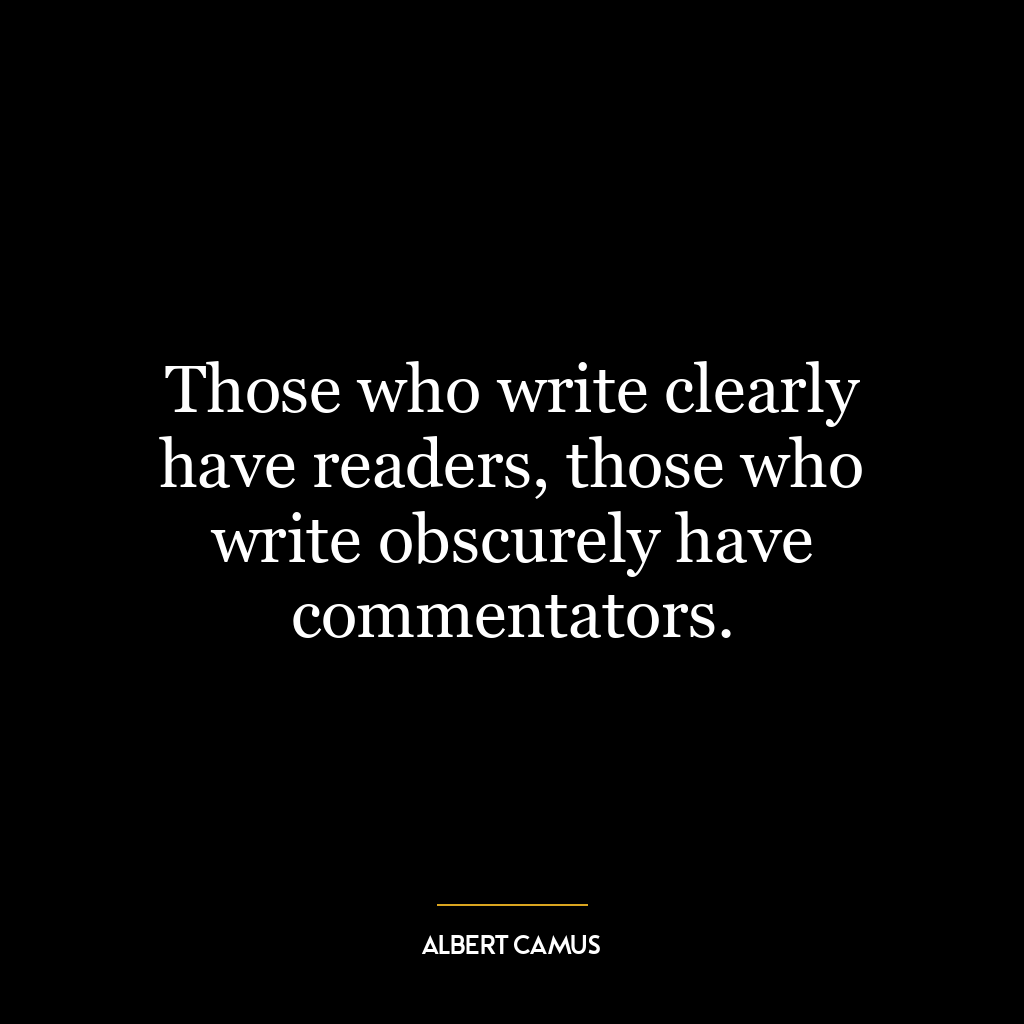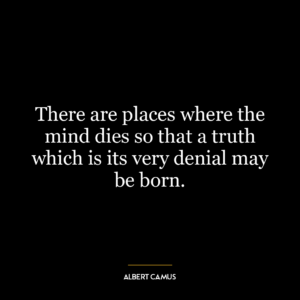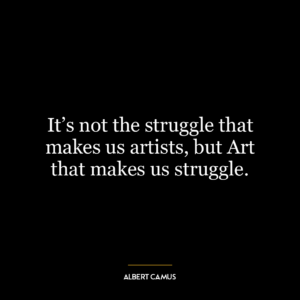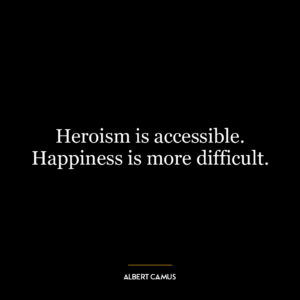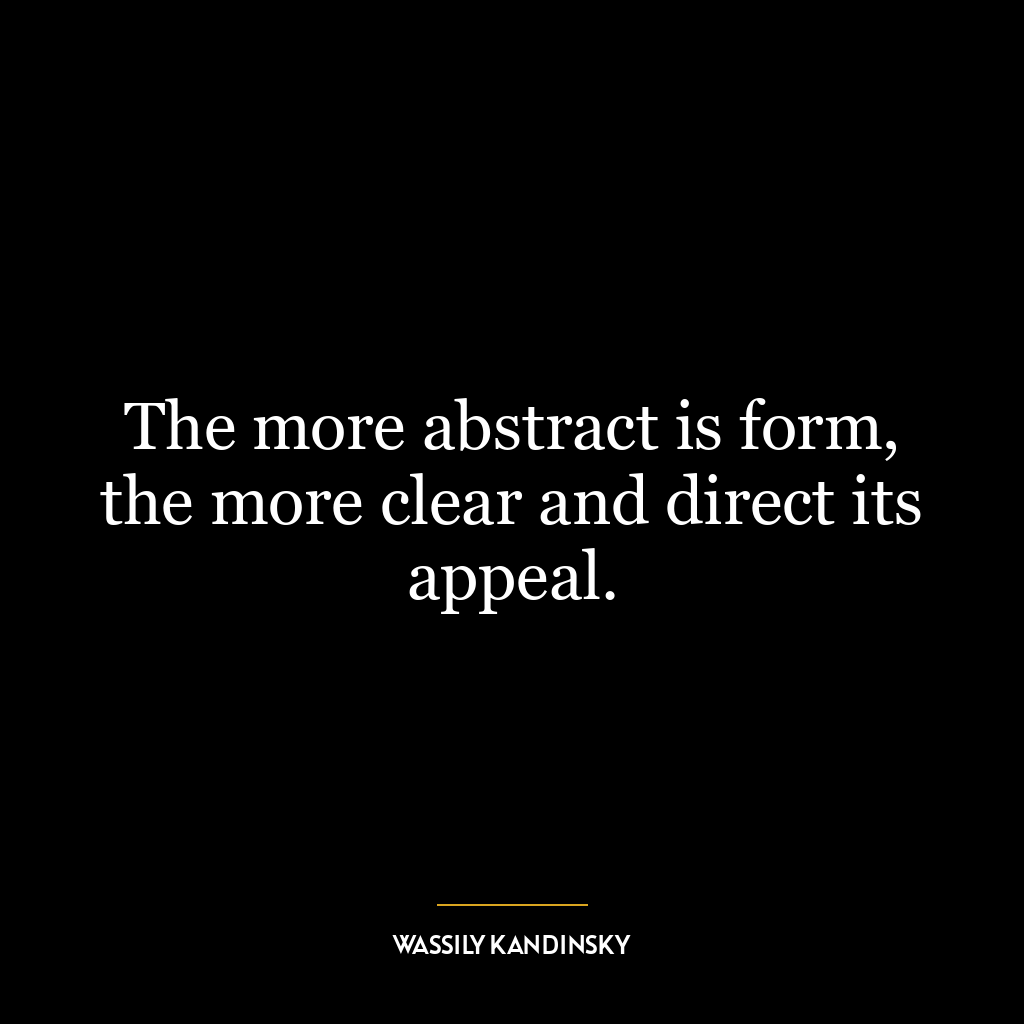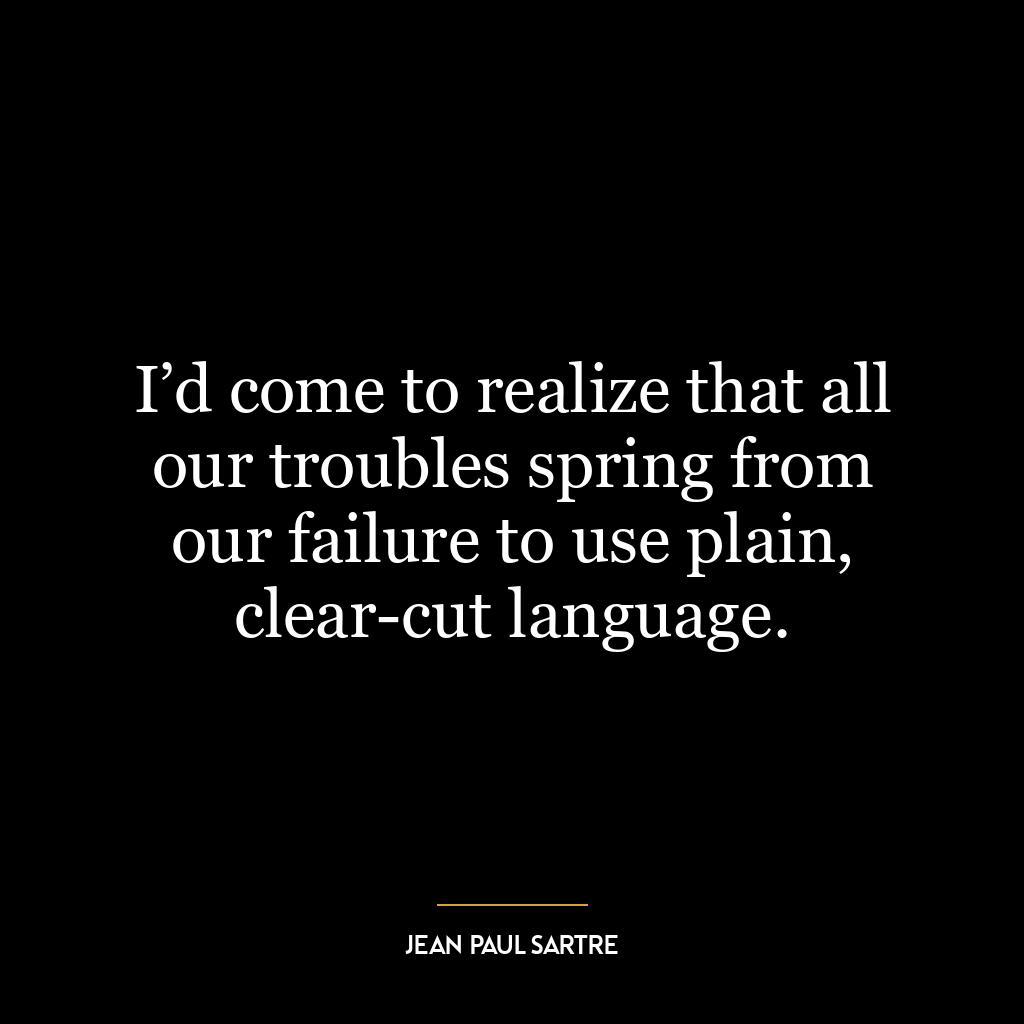Those who write clearly have readers, those who write obscurely have commentators.
This quote suggests that the manner in which one expresses their thoughts through writing directly influences the audience’s reaction and interaction with that piece of work. If one writes in a clear and straightforward manner, their work will be easily understood by readers, who can then absorb the information or the story without much difficulty. However, if one writes in a more complex and ambiguous way, their work might require commentators – people who decipher, analyze, and interpret the text, often in order to make it more accessible to others.
In essence, clear writing fosters direct communication with readers, while obscure writing invites interpretation and discussion. Each style has its own value. Clear writing is often appreciated for its efficiency and accessibility, making information or stories readily available to a broad audience. Obscure writing, on the other hand, can stimulate deeper thought and discussion, as it requires readers to engage more actively with the text to uncover its meaning.
Applying this idea to today’s world, we can see the relevance in various fields. In journalism or blogging, for instance, clarity is often prioritized to ensure that the information reaches and is understood by as many people as possible. In contrast, in academic or philosophical writing, obscurity can be a tool to provoke thought, challenge conventional understanding, and stimulate scholarly discussion.
In terms of personal development, this quote might inspire us to be mindful of our communication style, depending on our intended audience and purpose. If we want to convey information quickly and efficiently, or if we are speaking to a broad audience, clarity should be our goal. However, if our aim is to stimulate thought or provoke discussion, a more complex style might be appropriate. It’s also a reminder that neither approach is inherently superior – both have their place, and the effective communicator knows when to use each one.

